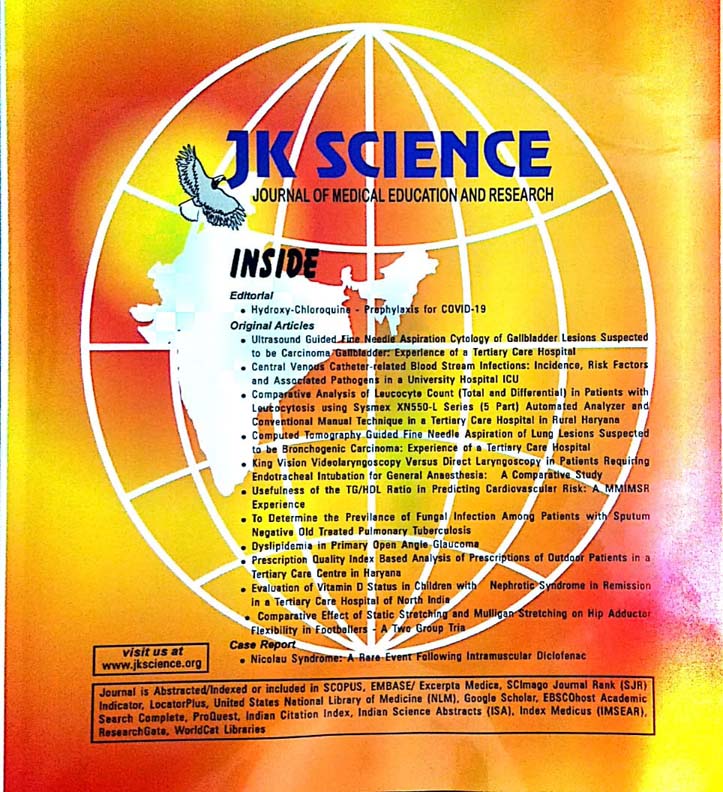Diagnostic and Therapeutic Conundrums in Systemic Sclerosis Interstitial Lung Disease
Keywords:
Systemic Sclerosis, Interstitial lung disease, Pulmonary artery hypertensionAbstract
Systemic Sclerosis (SSc) is a disease characterized by a complex interplay between inflammation, vascular and fibrotic mechanisms with no single unifying pathogenic mechanism. The clinical phenotype is a result of vascular endothelial dysfunction, ongoing inflammation and autoimmunity or fibroblastic dysfunction. Interstitial lung disease (ILD) and pulmonary artery hypertension (PAH) are the two predominant cardiopulmonary manifestations. Though these manifestations occur in isolation, progression of each this is however interdependent and it is therapeutically challenging to uncouple them. With more cautious use of glucocorticoids based on the phenotypic expression of SSc, the mortality has shifted from renal crisis (6%) to cardiopulmonary diseases (ILD -33% & PAH 28%). Cumulative survival of patients at 10 yrs. in SSc-ILD is much lower than patient with SSc without ILD. Though the immunosuppressives such as Cyclophosphamide, Mycophenolate, Rituximab & Tocilizumab have proven to be beneficial in SSc-ILD, there is a paucity of evidence regarding maintenance treatment, switching of therapies and how to manage that subset of patients with disease progression despite treatment.
Downloads
Downloads
Published
How to Cite
Issue
Section
License
Copyright (c) 2022 JK Science: Journal of Medical Education & Research

This work is licensed under a Creative Commons Attribution-NonCommercial-ShareAlike 4.0 International License.





